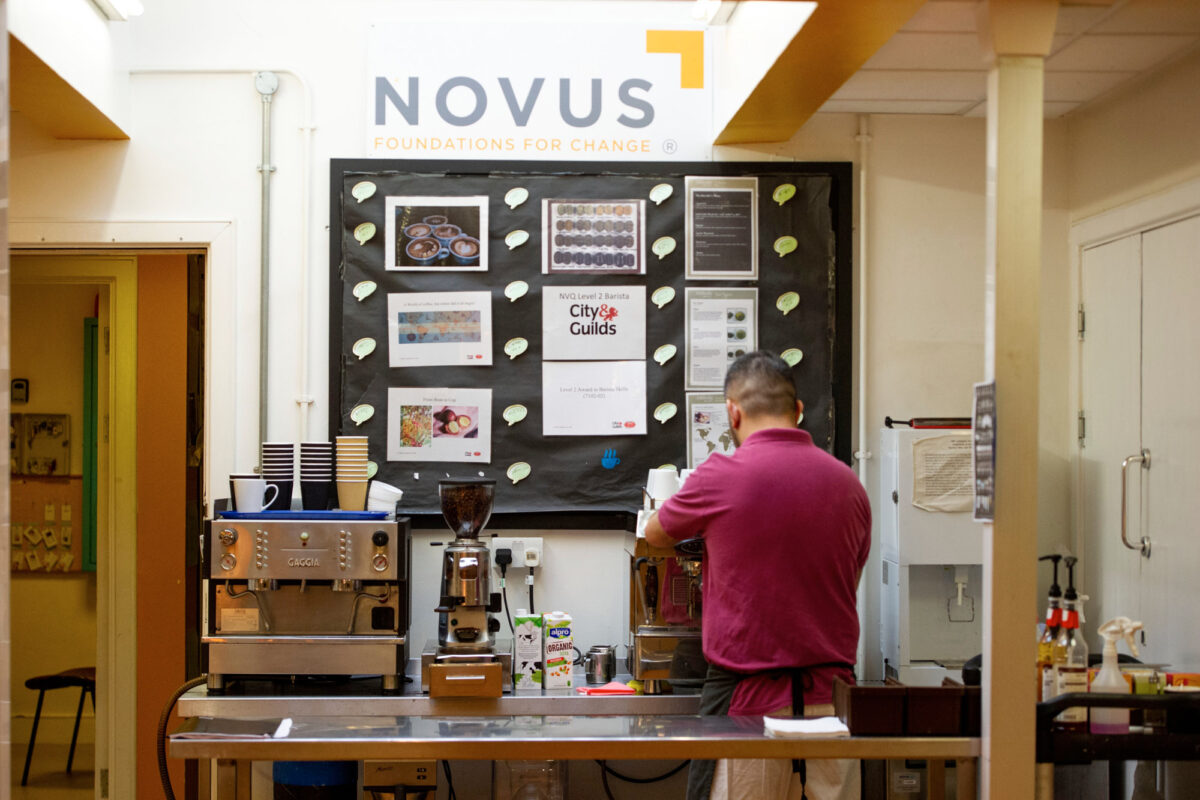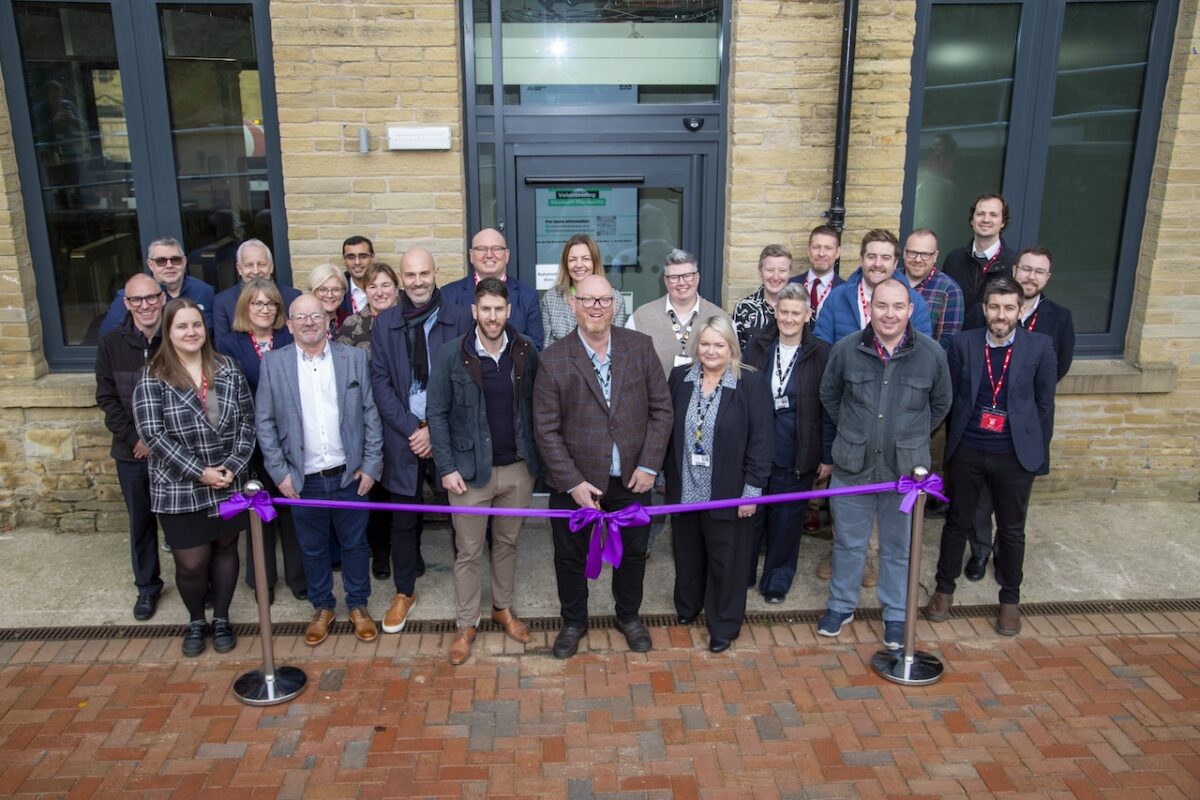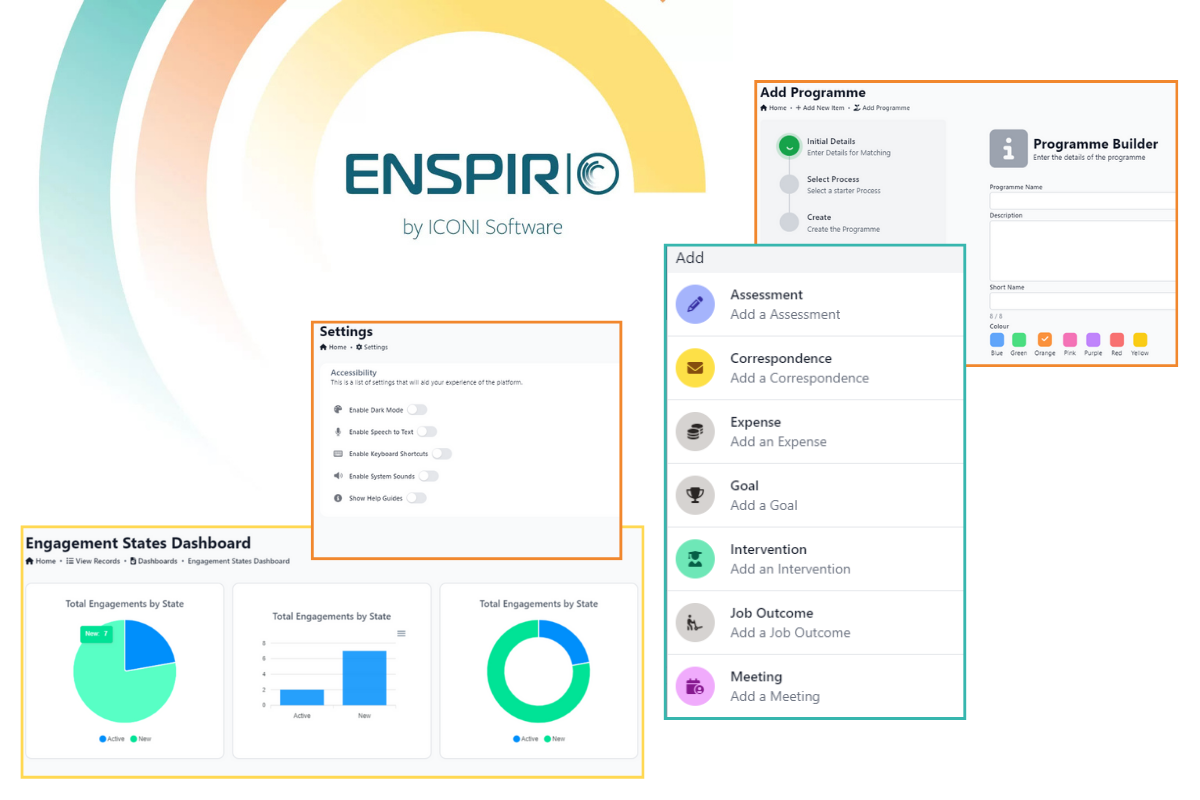Softcat reveals cyber security is top IT priority for education sector in 2023

- 60% of education sector prioritising Cyber Security over the next year
- 25% say sustainability is an important factor in their IT investments
A new report by leading providers of IT infrastructure, Softcat, offers an exclusive look at the tech investments the education sector is prioritising in the year ahead.
The findings form part of a report based on the views of more than 1,800 customers in the UK and Ireland – across 27 corporate and public sectors.
The annual report reveals the education sector is prioritising Cyber Security above all other technology areas, with 60% of respondents saying it is their top focus over the next 12 months.
Maintaining robust cyber security is a major challenge for the education sector, as demonstrated by the Cyber Security Breaches Survey 2022. According to the data, 92% of higher education colleges identified at least one breach or attack in the past 12 months – much higher than the average for UK businesses (39%).
Universities have become lucrative targets for cybercriminals in recent years, mainly due to the huge amounts of non-public research information they hold. A report published by the National Cyber Security Centre shows that the university sector was the third most vulnerable to cyberattacks.
Breaches or attacks identified within primary schools stayed at similar levels to 2021 (41% vs 36%), but within secondary schools, there was a significant increase in breaches and attacks (70% up from 58% in 2021).
As the education sector becomes more digitalised and reliant on technology, cyber resilience has become a top priority. This involves taking a proactive approach to securing networks, devices and data, rather than responding ad-hoc to incidents.
After Cyber Security, Devices is the second most cited technology investment area for the next year as organisations continue to invest in the digital workspace (58% of respondents).
Covid-19 and its associated disruption has emphasised the need for educational institutions to have an agile method to onboard, secure, manage and monitor the devices used. This is particularly true for increasingly popular hybrid working and bring-your-own-device models.
This is also reflected in the third top priority for education organisations – End Point Management (41%).
Effective end-point management can support organisations from a security standpoint, allowing administrators to geofence features, track devices and assign policies and restrictions based on location. It can also help organisations limit accessibility on devices on-premises and at home, as well as speed up configuration, assignment and updates on a large scale.
It’s clear from the survey findings that sustainability is moving higher up the agenda in the education sector when considering technology investments, with 25% of respondents citing it as a priority this year.
Richard Wyn Griffith, Chief Commercial Officer, commented on the findings:
“The past year has been one of transition and adjustment for our customers after the disruption and uncertainty of recent years.
“Today, organisations are focused on switching off ‘emergency’ digital transformation mode and turning on smarter digital transformation, setting a clear and concise roadmap for the deployment of new technologies.
“This will help them to remain agile in the face of new headwinds, as well as taking positive action towards our shared sustainability goals.
“One thing is certain; it will be the digitally mature who prosper in the future.”











Responses